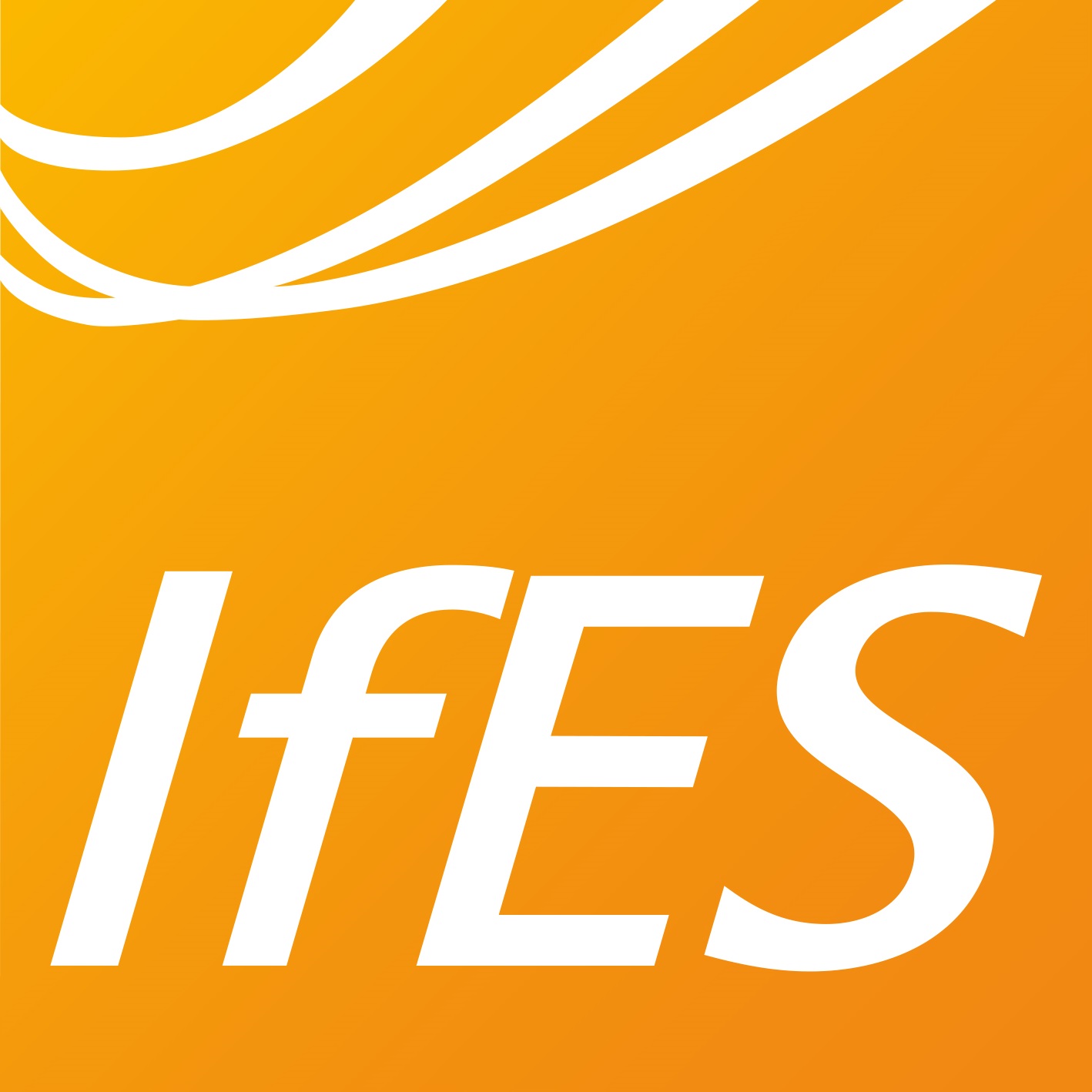Localization of Deviations in Cable Geometry Using FDA Fault Localization Method
- authored by
- Younes Norouzi, C. Frohne, J. Rothfeld, Peter Werle
- Abstract
Frequency domain analysis (FDA) is a possible method to detect, classify, and localize the faults in cable systems. This method extracts the frequency response of the cable by applying a sweep voltage. Principle of this method is based on transmission line theory and could detect changes in the core, conducting screen, semi-conductor layers, and especially changes in the insulation bulk. Changes in the insulation of a cable alters its electrical parameters, which leads to a deviation in the frequency response of the damaged cable compared to the response of a healthy cable system. It is common to consider faults in cables just as a resistive fault, but in reality, most of the faults in cables cause a deviation in geometry of the cable at the fault position. This can be interpreted as a change in the capacitance, inductance, and conductance of the cable. These variations in the cable parameters must be taken into account to localize the faults precisely. In this contribution, the sensitivity of the FDA method to the abnormalities and deviations in the cable geometry is demonstrated. Several measurements on a long MV cable were performed to examine the sensitivity of the FDA method in real cases. The used MV cable is damaged and a small part of its geometry is slightly deviated, which could not be detected using common fault localization methods, e.g., time domain reflectometry (TDR). The FDA method however, was applied and could successfully detect and localize the change in the cable geometry.
- Organisation(s)
-
High Voltage Engineering and Asset Management Section (Schering Institute)
Institute of Electric Power Systems
- External Organisation(s)
-
Nexans Deutschland GmbH
- Type
- Conference contribution
- Pages
- 799-810
- No. of pages
- 12
- Publication date
- 2020
- Publication status
- Published
- Peer reviewed
- Yes
- ASJC Scopus subject areas
- Industrial and Manufacturing Engineering
- Electronic version(s)
-
https://doi.org/10.1007/978-3-030-31676-1_75 (Access:
Closed)


